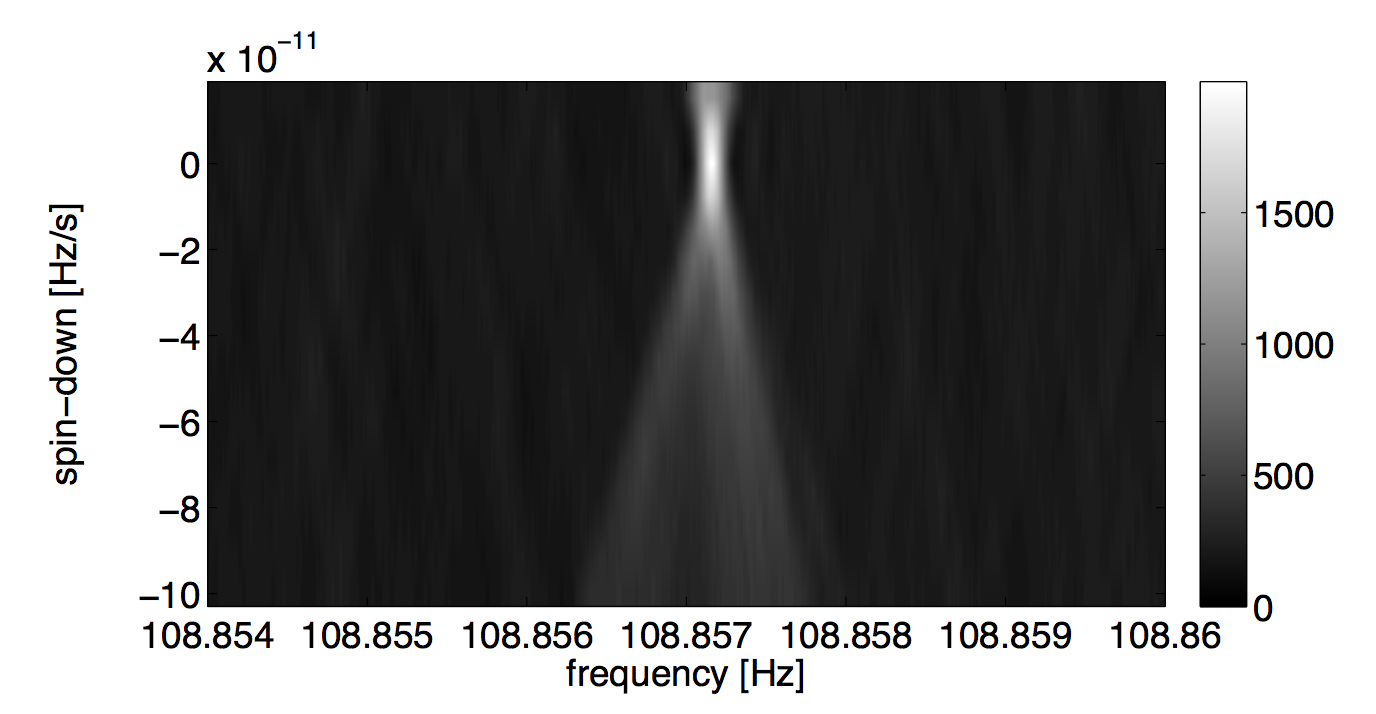Our group is active in developing algorithms aimed for the search of continuous gravitational waves from spinning neutron stars. In fact, we expect emission of gravitational waves at two times the rotational frequency of the neutron star, if a quadrpol deformation with respect to the rotation axis (in layman term, some mountains) is present. Nevertheless, this type of signal is expected to be very small, for this reason we have developed many data analysis pipelines to increase the signal-to-noise ratio as much as possible:
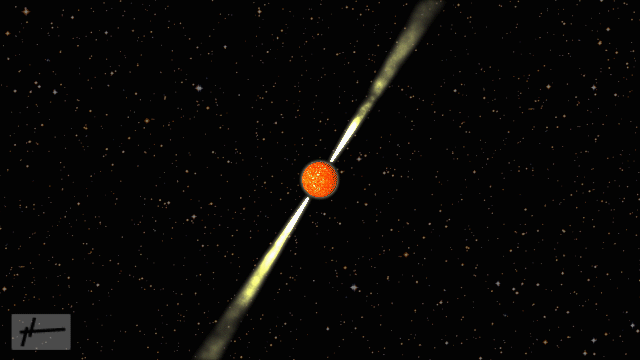
Targeted searches:
These are the most sensible type of searches, which requires the knowledge of very accurate gravitational-waves templates (i.e. knowledge of pulsar position and frequency). If the neutron star is observed as a pulsar, the template can be built very accurately, producing a very search with an high sensitivity. The so-called 5-vector method for continuos waves searches has been developed in our group, and has allowed us to put non-trivial upper-limits on the gravitational-waves emission from many pulsars. For instance, in our latest work, we have constrained the gravitational-waves emission of the Crab pulsar, to be below the 0.6 % of its energy loss.
Paper on the 5-vector method: Metodo
Last collaboration paper: LIGO O1
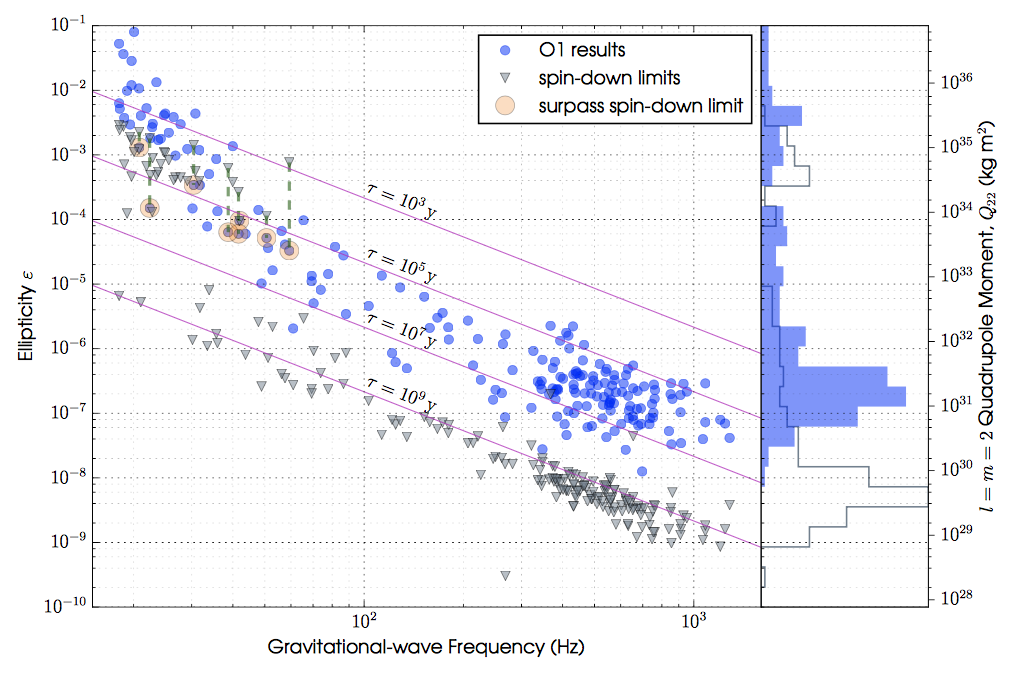
Narrow-band:
This type of search is based on the 5-vector method and allow to look for gravitational-waves in a frequency/ spin-down window around the observed parameters. Currently we are the only group in the LIGO-Virgo collaboration to perform these type of searches.
Paper on the method: Theory behind the method, Algorithm:
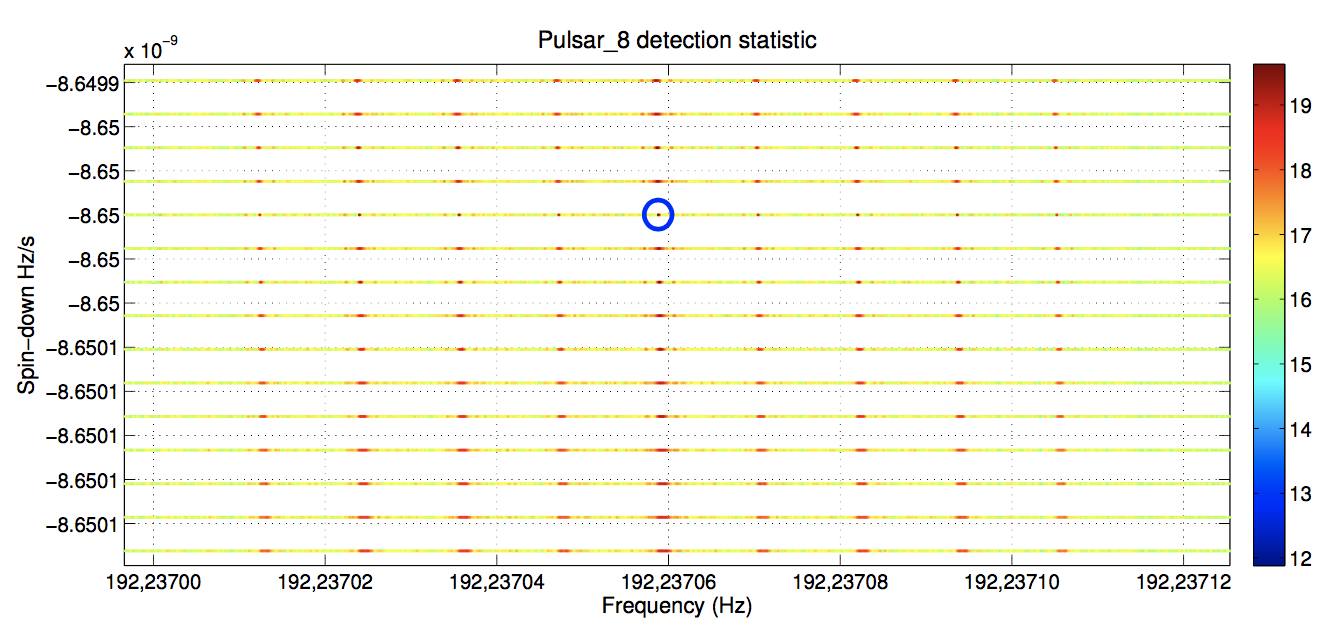
Search from binaries :
Many neutron stars belong to a binary system, usually with a main sequence companion star. This is the case of the Low Mass X-Ray binaries (LMXB) such as Scorpius X1. In this systems, the neutron star can have some deformations due to the accretion of matter from the companion. Gravitational-waves emission is expected. Nevertheless the algorithms for gravitational-waves searches should be modified in order to take into account some time-corrections such as the Shapiro delay, which arise in binary systems. We have developed a novel method for this type of searches
Paper on the method: Metodo
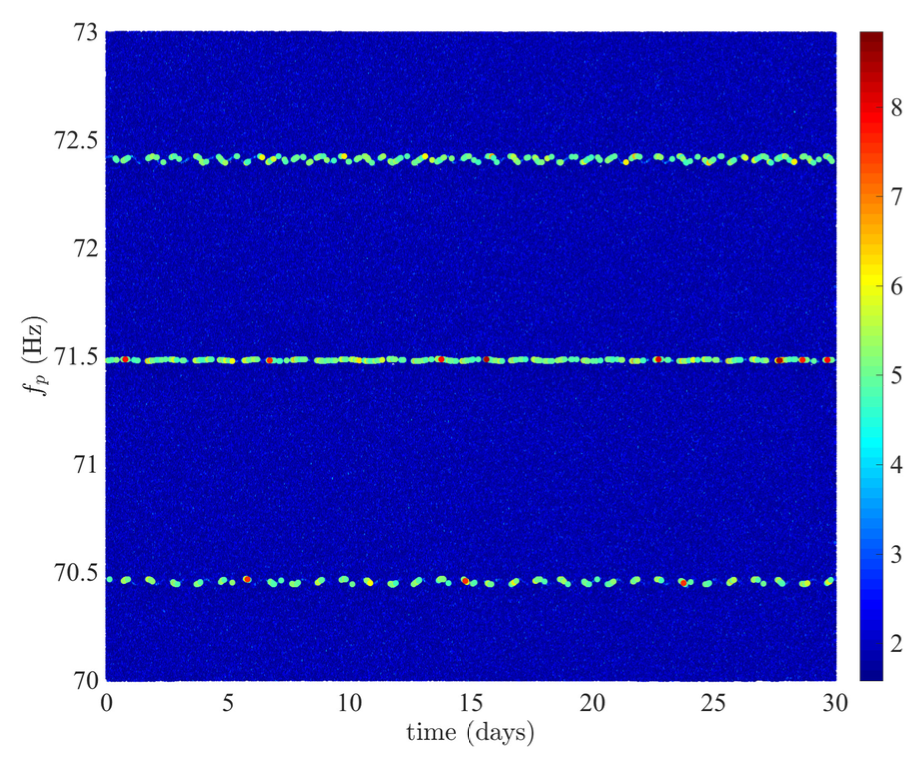
All-sky searches:
Stellar population models predict more than 100 milion neutron stars in our galaxy, however only about 2500 chave been observed so far. Hence, search for gravitational waves from unknown neutron stars is very important. We have developed a method based on the hough transform, suitable to look fro gravitational waves from the entire sky and over the full frequency band of our interfereometer
Paper on the method: Frequency Hough
Last collaboration paper: LIGO O1
